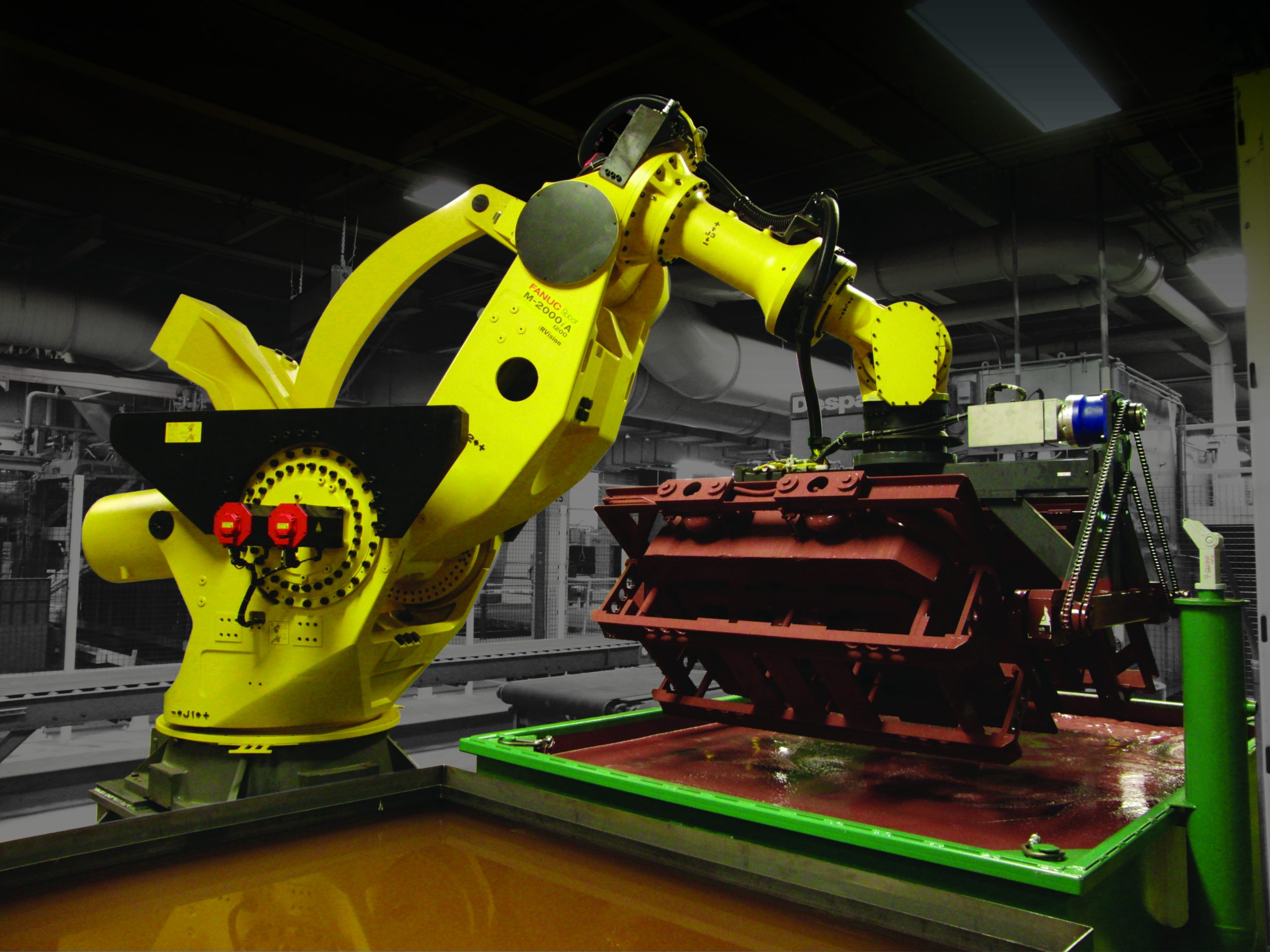In today’s rapidly evolving manufacturing landscape, industrial robots and robotic manufacturing have emerged as key drivers of innovation and efficiency. Robotics integration into manufacturing has revolutionized the process. It provides a range of advantages for companies looking to increase efficiency as well as quality and competitiveness. Manufacturing robots will play a greater role in shaping the future of manufacturing as the demand for solutions that automate production increases.

Manufacturing robots (also referred to as industrial robotics) are specialized machines used to complete various tasks within factories. These tasks include welding paint, assembly, as well as picking, placing and packing. Industrial robotics is a field which studies and utilizes robots that maximize efficiency and precision in manufacturing operations.
One company at the forefront of this new era is Automated Solutions Australia (ASA) which is a specialist in creating industrial robots to offer an array of flexible automation solutions for manufacturing clients. The industrial robots ASA offers help to clients gain an advantage in the market through boosting productivity and quality. With a strong focus on best practices, the industrial robotics solutions offered by ASA are sought-after by companies worldwide in numerous industries, which include electronics, automotive pharmaceuticals, and other.
Industrial robots provide many advantages. The most significant benefit is enhancement in efficiency and productivity. Industrial robots are able to perform repetitive tasks with precision and consistency, leading to more efficient output rates and shorter time to complete. This is not only a boost to overall efficiency but also allows companies to meet the increasing demands of consumers demands easily.
Furthermore, industrial robotics can help in improving production quality and control. Robots are able to perform tasks more precisely and with greater accuracy and. This leads to better quality products. This leads to a greater degree of satisfaction with the customer and a better reputation for the company.
Industrial robots aren’t just reliable and durable, they also help you save money. Although the initial investment in manufacturing robots might seem huge, the long-term cost savings are significant. Through streamlining processes in production and reducing the demand to use manual labor, companies are able to reduce their operational expenses and achieve a quick return on investment. In addition, industrial robots can run 24/7, maximising the efficiency of resources and cutting down the per-unit cost of production.
Industrial robots can have a positive impact on the environment at work. They are engineered to create low levels of noise, creating a quieter and more comfortable workplace for workers. In addition their speed and accuracy aid in making workplaces safer, by minimizing the risk of injuries and accidents.
The integration of industrial robots is essential to the future of employment and job creation. Although there are fears that robots will replace human workers, industrial robots can actually provide new employment opportunities. This includes positions in robotic programming, maintenance, oversight and control, as well as the development of cutting-edge technology to aid in the production of robots.
All sectors of business benefit from this technology, as the manufacturing sector is embracing the possibilities of industrial robotics. Through its ability to increase efficiency in terms of quality, cost, and efficiency, industrial robotics is reshaping the way products are manufactured and setting new standards for quality and efficiency in the business.
In conclusion, robotics in manufacturing are a paradigm shift in manufacturing. The latest technologies are allowing businesses to reach new levels of precision, efficiency and competitiveness. Industrial robots will play an important role in the future as demand for automation increases. They are able to determine the future of manufacturing and drive the pace of innovation.